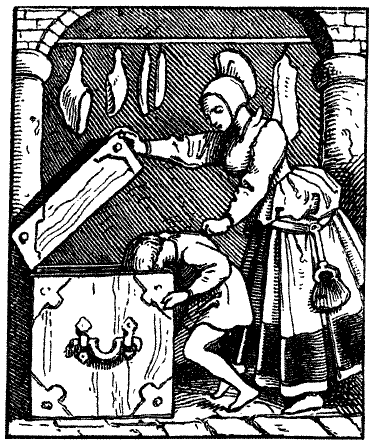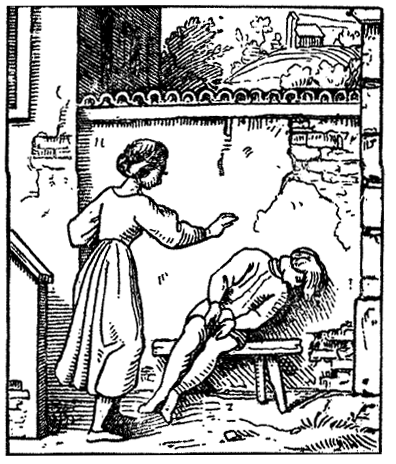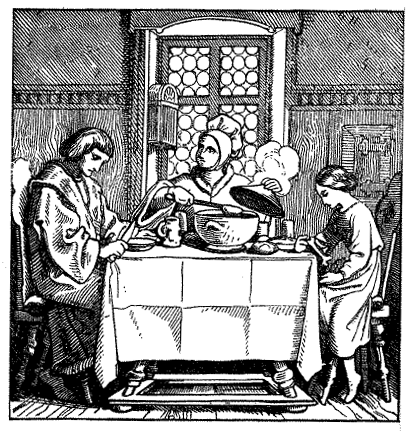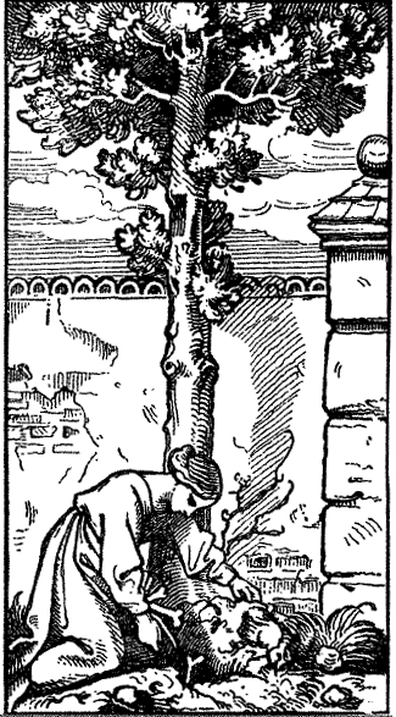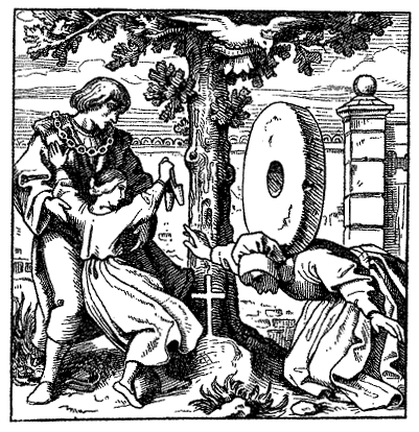The Juniper Tree"The Juniper Tree" is one "fairy tale" that cannot be Disney-fied: its plot revolves around infanticide, cannibalism, and gruesome revenge, abusive (step-)mothers, absent fathers, gas-lighting, and talking animals. The contemporary version of the story can be traced back to Philipp Otto Runge, who first recorded it in 1845 under the title “Von den Machandelboom,” or “On the Almond Tree.” In 1853 it was republished in the Deutsches Märchenbuch as “Der Wacholderbaum,” which we translate as “The Juniper Tree.”
|
The LanguageThe story was recorded by the Grimms Brothers in Low German, or Plattdeutsch, a dialect from northern Germany that shares many linguistic features with English and Dutch as well as standard High German. In the 19th century, thousands of German immigrants brought this dialect with them when they settled in Missouri.
|
The Bird's SongThe song the bird sings varies throughout different iterations of the tale. The version that appears on the album is a versified form taken from Goethe’s Faust:
Meine Mutter, die Hur die mich umgebracht hat, |
QuoteTolkien wrote in his essay On Fairy-Stories:
The beauty and horror of The Juniper Tree (Von dem Machandelboom), with its exquisite and tragic beginning, the abominable cannibal stew, the gruesome bones, the gay and vengeful bird-spirit coming out of a mist that rose from the tree, has remained with me since childhood; and yet always the chief flavour of that tale lingering in the memory was not beauty or horror, but distance and a great abyss of time, not measurable even by twe tusend Johr. Without the stew and the bones—which children are now too often spared in mollified versions of Grimm * —that vision would largely have been lost. I do not think I was harmed by the horror in the fairytale setting, out of whatever dark beliefs and practices of the past it may have come. Such stories have now a mythical or total (unanalysable) effect, an effect quite independent of the findings of Comparative Folklore, and one which it cannot spoil or explain; they open a door on Other Time, and if we pass through, though only for a moment, we stand outside our own time, outside Time itself, maybe. |
Why This Story?Olivia Cordray and her sister Dixie Griffin initially had the idea for turning The Juniper Tree into a concept album when they were young teens. Their grandmother -- who, incidentally, grew up in Owensville, MO speaking a form of Plattdeutsch -- had given them a collection of the grimmer Grimms' Tales illustrated by Maurice Sendak, and the bizarre title feature inspired them. It took over ten years for that seed to bear fruit, but in that time the story rooted fast and grew to mythic proportions.
|

